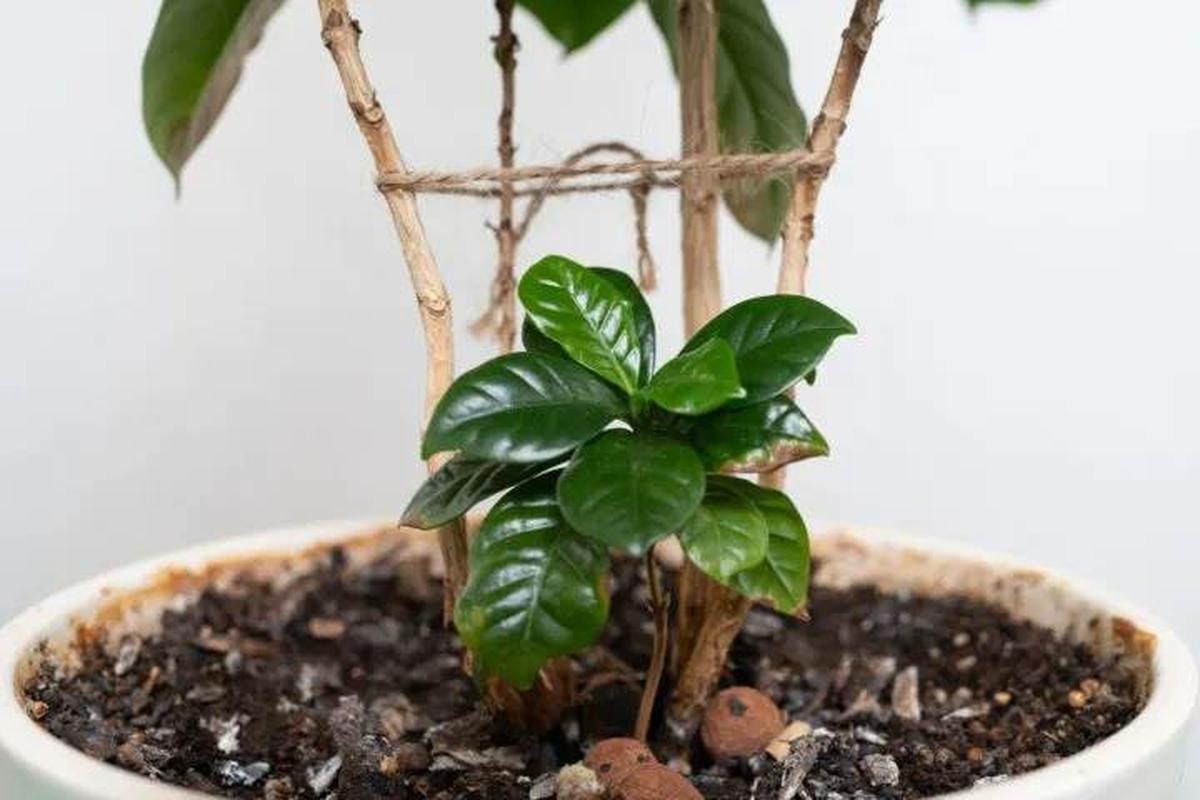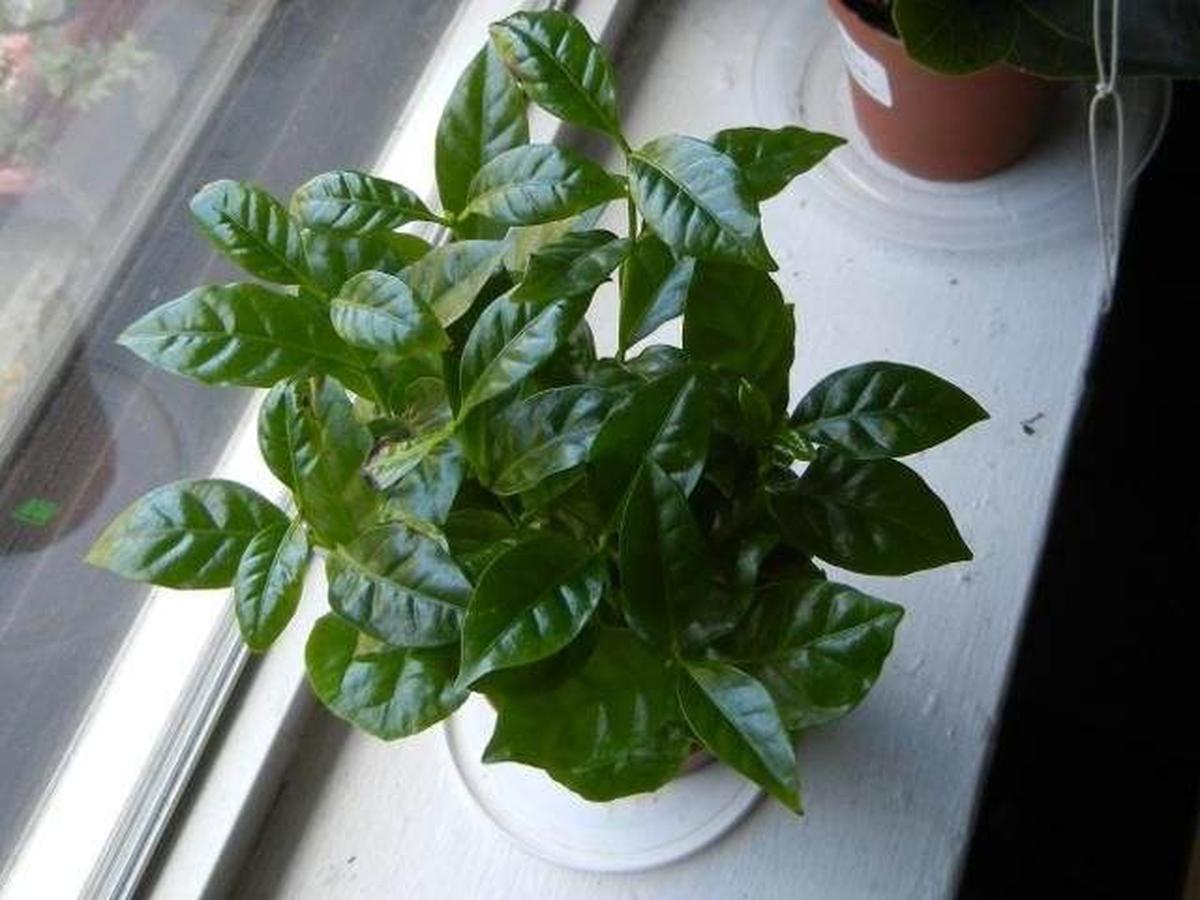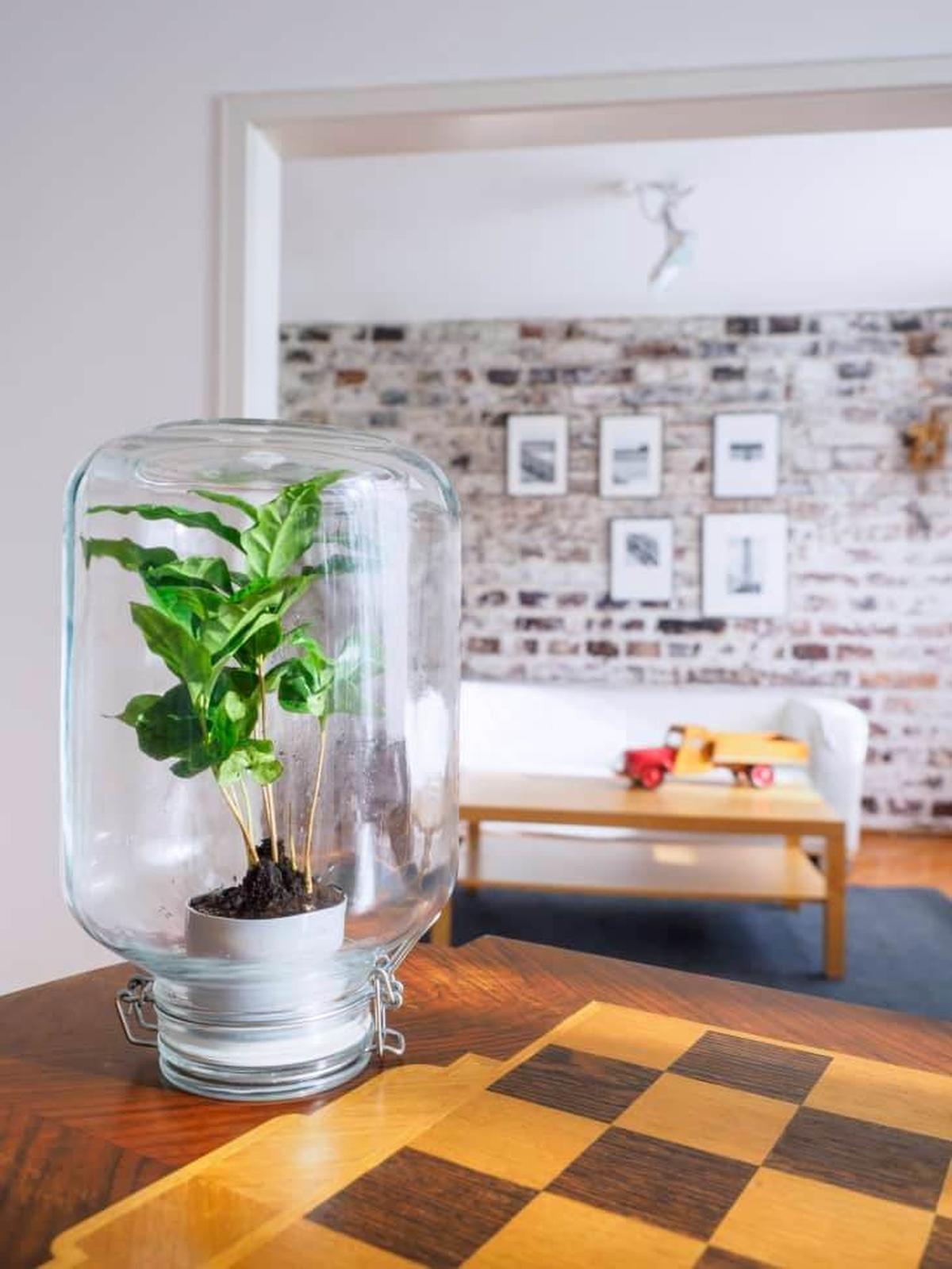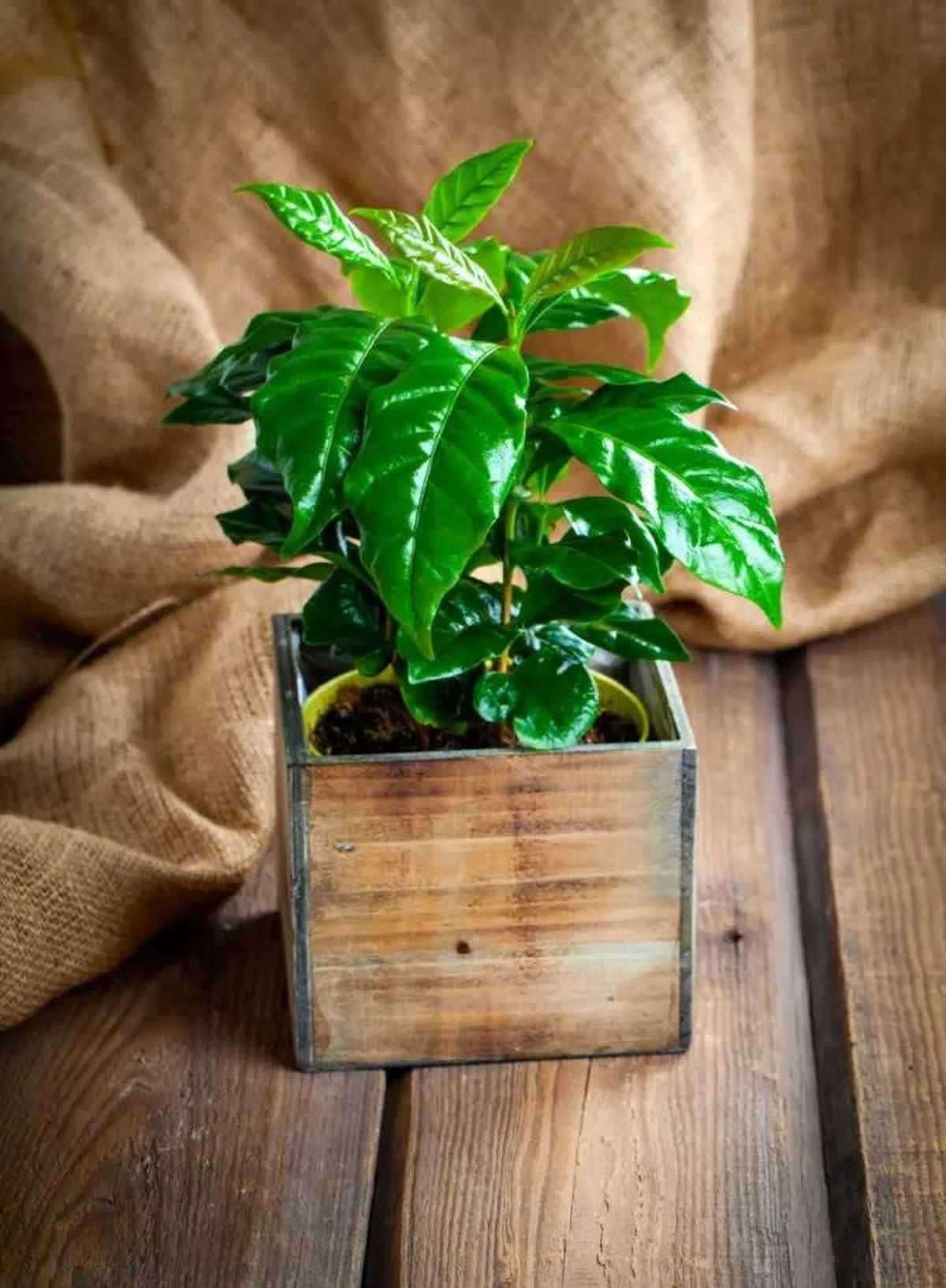Easy Guide to Growing Coffee Plants Indoors
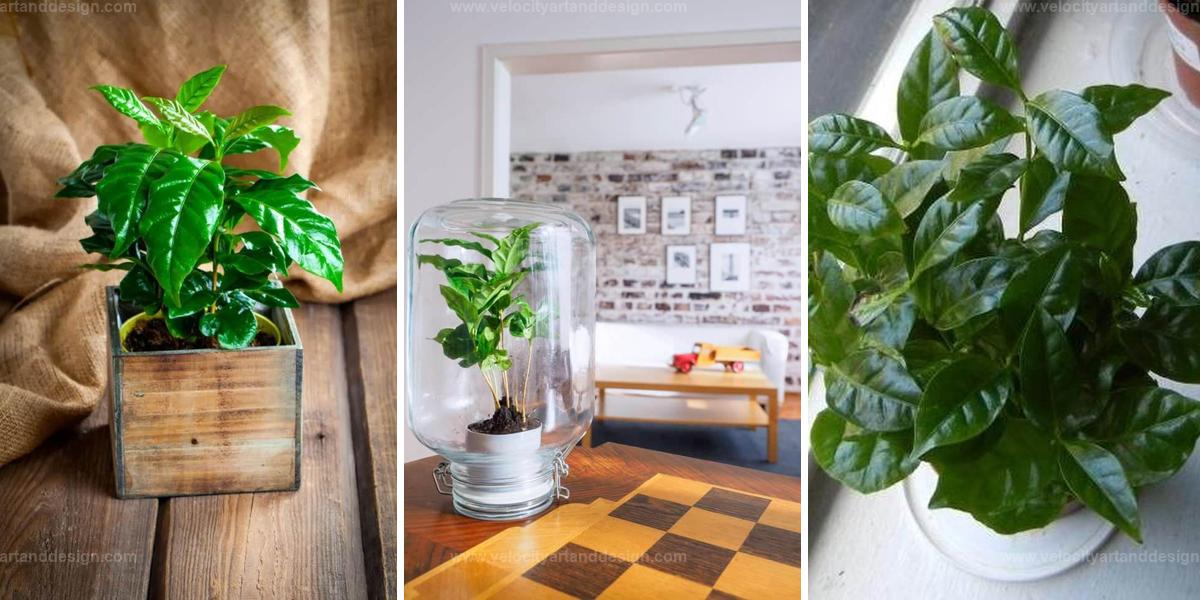
Growing your own coffee plant indoors can bring a touch of the exotic to your home.
These step-by-step instructions make it possible to cultivate this beloved plant from the comfort of your living space.
Enjoy the unique satisfaction of brewing coffee from beans you've grown yourself.
Start your journey towards becoming a home coffee grower today.
Choosing the Right Coffee Plants
- Arabica Coffee (Coffea arabica): The preferred choice for indoor cultivation, Arabica coffee plants yield high-quality beans and adapt well to indoor environments.
- Robusta Coffee (Coffea canephora): Known for their hardiness, Robusta coffee plants can handle diverse indoor conditions, making them a solid option for growing indoors.
Planting Coffee Plants Indoor
- Selecting a Plant: Opt for a healthy, young coffee plant with vibrant leaves from a reputable nursery.
- Container: Ensure the container has good drainage.
A 10-12 inch diameter pot is typically adequate for maintaining a compact size for indoor coffee plants.
- Soil: Utilize well-draining soil composed of peat, perlite, and compost.
Aim for slightly acidic soil with a pH between 6.0 and 6.5.
- Location: Position the coffee plant in an area with bright, indirect sunlight to avoid leaf burn from direct sun exposure.
Indoor Coffee Plant Care
- Fertilization: Feed your coffee plant monthly with a balanced liquid fertilizer throughout the growing season (spring and summer).
Decrease or halt fertilization during the dormant period in fall and winter.
- Pruning: Trim your coffee plant to promote bushier growth and remove any dead or yellowing leaves to maintain health.
- Pollination and Flowering: Coffee plants produce fragrant white flowers that turn into coffee cherries.
Indoor pollination may require hand pollination to ensure fruit development.
Pests and Plant Disease Treatment
- Aphids: Aphids distort growth and secrete honeydew.
Remove them manually or use insecticidal soap to control their population.
- Powdery Mildew: Appears as a white powdery residue on leaves.
Improve air circulation and reduce humidity to manage this fungus.
- Root Rot: Caused by overwatering or poor drainage, prevent root rot by ensuring good drainage and moderating watering.
- Leaf Spot: Fungal infections causing discolored leaf spots.
Water plants at the base and remove infected leaves to prevent spread.
- Mealybugs: These white, cottony insects gather in sheltered plant areas.
Remove them by hand or treat with neem oil.
- Spider Mites: These pests cause yellowing and webbing on leaves.
Increase humidity and mist your plant regularly to deter them.

